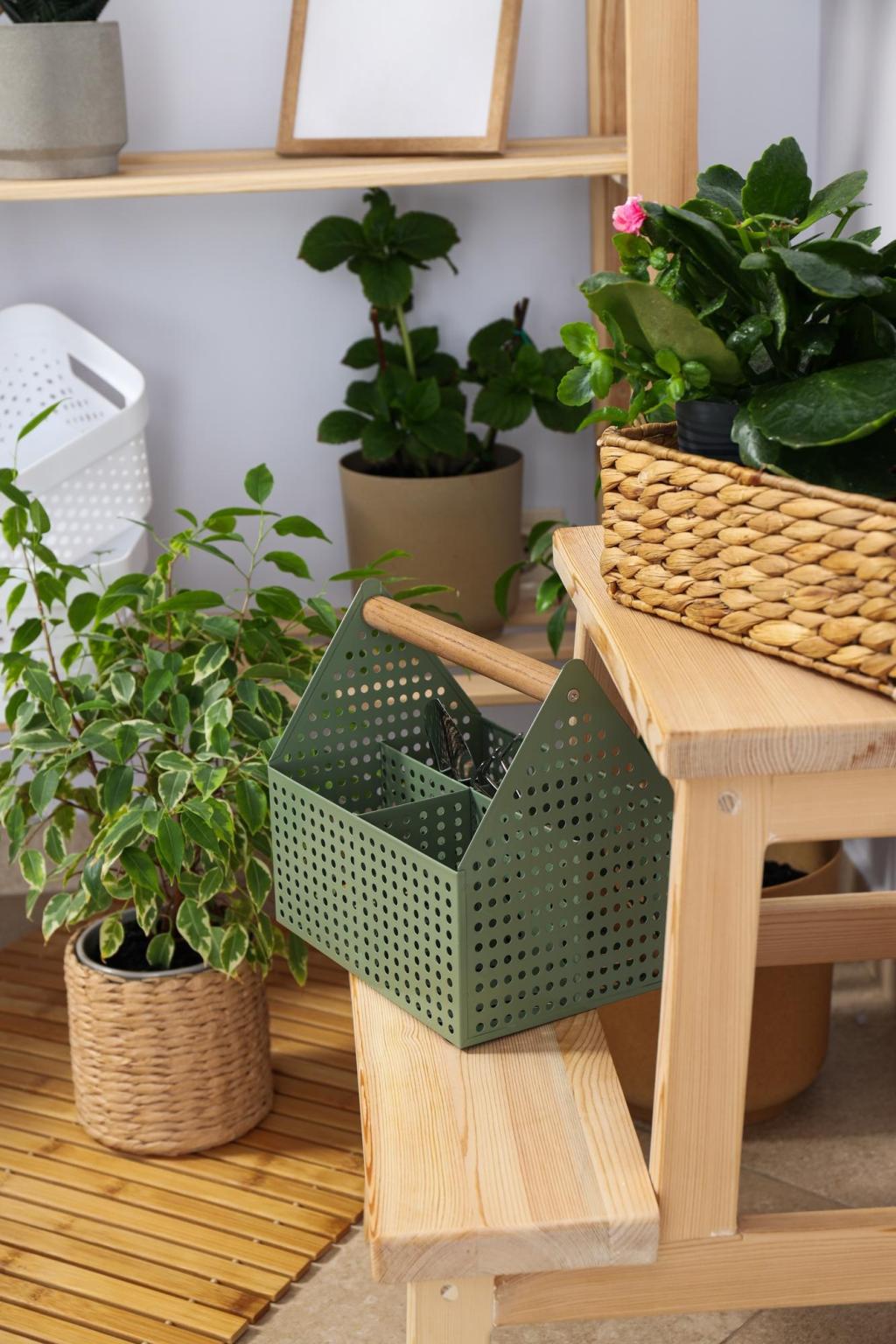
Energy-Efficient Lighting Solutions for Sustainable Homes
Discover how integrating energy-efficient lighting can transform your home into a beacon of sustainability and eco-friendly living. This page explores the latest advancements, design strategies, and the significant benefits of choosing modern lighting solutions that use less energy yet provide better illumination. Learn how you can enhance comfort, reduce your environmental footprint, and lower your energy bills with thoughtfully selected lighting technologies.
The Importance of Energy-Efficient Lighting
Reducing Carbon Footprint at Home
Energy-efficient lighting plays a critical role in reducing a household’s carbon footprint. Traditional incandescent or halogen bulbs waste a significant portion of electricity by emitting heat, while contemporary lighting options such as LEDs and CFLs focus energy use on light output. By swapping out outdated fixtures, homeowners dramatically decrease greenhouse gas emissions associated with electricity generation. This shift makes a tangible contribution to global efforts combating climate change, especially when multiplied across millions of residences.
Financial Savings and Cost Benefits
Modern, energy-saving lighting solutions lead to considerable financial savings, both immediately and over time. Although the initial investment in advanced bulbs or fixtures might be higher, these alternatives use far less electricity and have much longer lifespans compared to conventional lighting. For homeowners, this translates to significantly reduced monthly utility bills and less frequent replacement costs. The compounded savings over the lifespan of LED or smart lighting systems often pay for the upgrade many times over.
Enhancing Home Comfort and Well-being
Incorporating energy-efficient lighting not only benefits the environment and wallet but also improves the liveability of a home. New lighting technologies provide a more natural, comfortable illumination, reducing eye strain and creating inviting atmospheres. Smart lighting systems can adjust color temperature and brightness automatically, supporting healthier sleep cycles and productivity. Thus, efficient lighting solutions foster home environments that are both sustainable and deeply enjoyable to live in.
Key Technologies in Energy-Efficient Lighting
Light Emitting Diode (LED) technology stands at the forefront of energy-efficient home lighting. LEDs consume up to 80% less energy than traditional incandescent bulbs, yet they provide the same or greater levels of brightness. Their unmatched durability—often exceeding 25,000 hours of use—reduces maintenance and frequent replacements. LEDs are available in a wide variety of styles, shapes, and colors to suit any décor or functional requirement, making them the go-to choice for modern, sustainable homes.
Previous
Next
Previous
Next
Strategies for Sustainable Home Lighting Design
A well-designed lighting plan incorporates layered lighting, combining ambient, task, and accent lighting for both function and efficiency. Rather than relying on a single fixture to illuminate an entire room, layered lighting minimizes wasted energy by delivering light where it is needed most. This method allows for the use of lower wattage fixtures and more precise control, ensuring each space feels comfortable and inviting without excess energy use.
